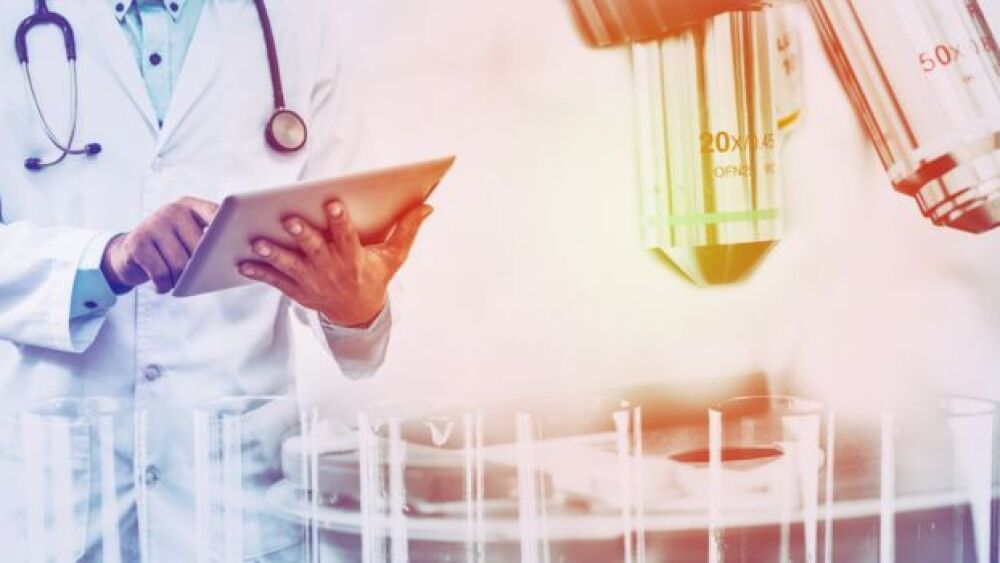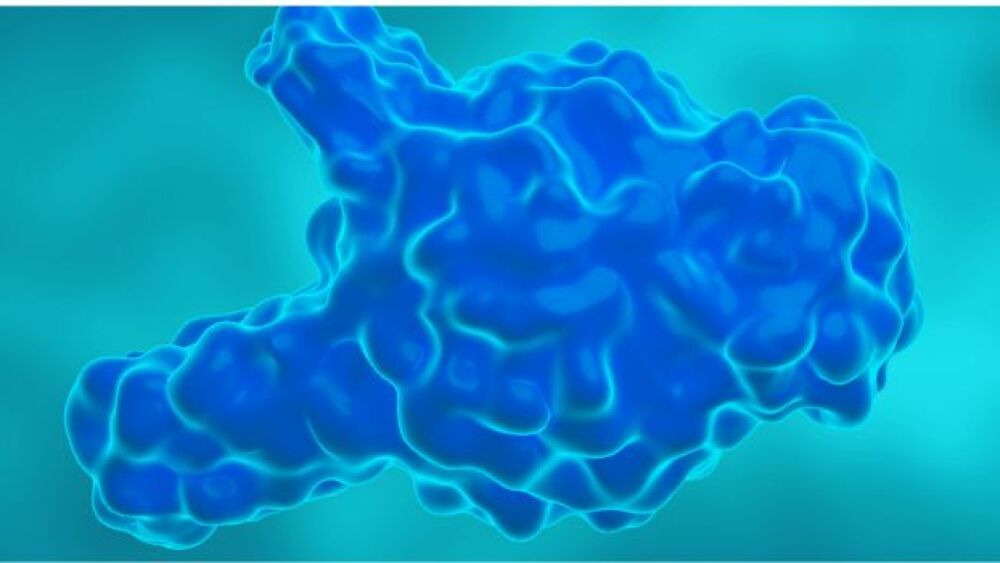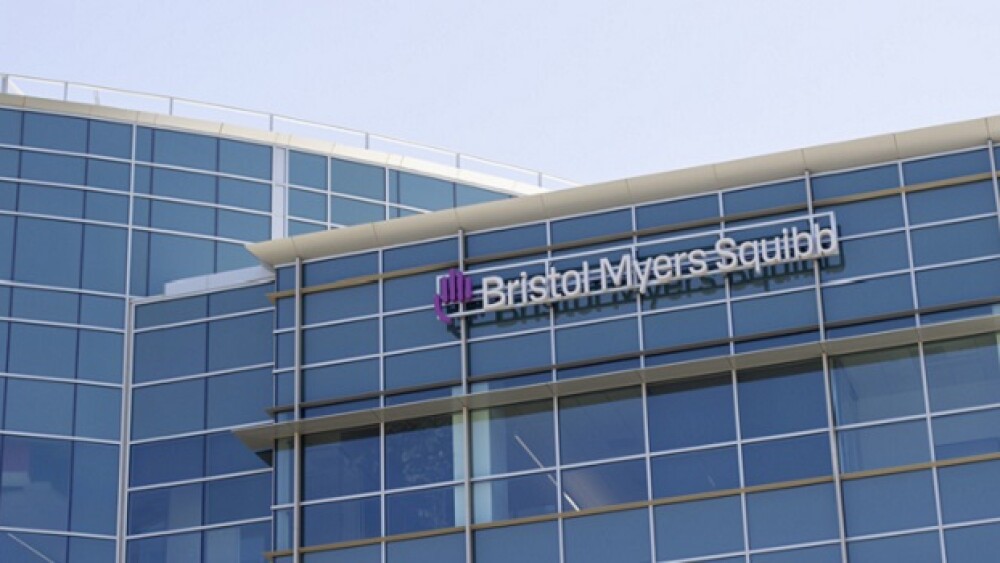NOVATO, Calif., Dec. 8, 2011 /PRNewswire/ -- BioMarin Pharmaceutical Inc. (Nasdaq: BMRN) today hosted a Research and Development Day where members of the company's management team and industry experts provided an update on BioMarin's product portfolio and advancements in the research and development pipeline.
"We believe 2011 has been a year of significant progress in both our late stage and early stage clinical development programs," said Jean-Jacques Bienaime, Chief Executive Officer of BioMarin. "This progress sets the stage for multiple data readouts in the coming year from key programs throughout our pipeline. We believe these events will help move us forward in delivering more therapies that could make large impacts on the lives of patients suffering from several rare diseases."
Program Highlights:
GALNS for MPS IVA
- Phase I/II extension data shows continued efficacy
- Endurance benefits in 6 minute walk test, 3 minute stair climb and pulmonary function tests are sustained
- Urinary keratan sulfate (uKS) drop is sustained
- Preliminary growth data encouraging, and biochemical markers suggests that GALNS reaches the cartilages and improves chondrocyte activity
- Safety data consistent with earlier results
- Phase 3 study on track: Enrollment and site quality
- Risk mitigation strategy implemented
BMN-701 for Pompe Disease
- Good safety profile to date in Phase 1/2 study and cleared to start 20 mg/kg cohort
- Positive efficacy trends in 5 mg/kg cohort (three patients)
- Reduced substrate (Urinary tetrasaccharide) in two patients
- Large improvement in 6 minute walk test in one patient
- Improved respiratory function in three patients
- On track to report Phase 1/2 results in 2H 2012
PEG-PAL for PKU
- Successful Type C meeting with FDA
- Reduction in Phe is an acceptable primary endpoint for Phase III
- Pivotal trial can be conducted in diet non compliant patients
- Phase 2 Update
- Weekly dosing (Part A and B): Good safety profile and substantial Phe reduction achieved in the majority of patients continuing in the study at a median maintenance dose of 1.0 mg/kg/week
- Daily dosing (Part C): Initial rapid Phe reduction achieved in all patients but not sustained in the majority of patients; joint pain, fever and/or rash reliably ten days after study start
- Initiating Part D of Phase 2 study to find the quickest and safest induction dosing regimen to an efficacious maintenance dose. The optimal chronic regimen will be one subcutaneous injection per day.
- Immunology Update
- A daily dosing induction schedule leads to higher levels of anti PEG IgM titers and both higher and earlier PAL IgG titers compared to weekly dosing
- Ways to attenuate the hypersensitivity reactions: Limit dosing when IgM responses are highest and titrate to efficacious doses once the IgG response has developed
- Some patients do not mount a robust IgM Response to PEG and appear to have sustained efficacy and good tolerance
BMN-673 for Genetically-Defined Cancers
- Dose escalation in Phase 1/2 study in solid tumors continuing after 5 steps (25-400 g/once per day)
- PK analysis is ongoing: Preliminary data indicate long terminal half-life
- Once daily oral dosing is feasible
- Preliminary results are encouraging in terms of toxicity and signs of efficacy
BMN-111 for Achondroplasia
- Demonstrated benefits in moderately and severely affected animal models
- Positive therapeutic index predicted in vivo
- Phase 1 clinical trial in healthy volunteers to begin 1Q 2012
- Phase 2 proof of concept trial in affected pediatric patients anticipated to begin late 2012/ early 2013
- Possible development pathway in severely affected infants
New Program Introduction:
BMN-190 for Late infantile neuronal ceroid lipofuscinosis (LINCL) Form of Batten Disease
At R&D Day, BioMarin also announced a new clinical program, BMN-190 for LINCL, one form of Batten disease. An orphan neurodegenerative disease, LINCL is caused by buildup of lysosomal storage in the CNS. Tripeptidyl Peptidase-1 (TPP1) enzyme deficiency is due to a mutation in the gene CLN2. Neurological symptoms present between ages two and four, with patients usually confined to wheelchair and blind by around age six. Most patients are deceased between the ages eight and twelve. Incidence is estimated at 3.6 to 4.6 per million births and prevalence is between 350 and 1000 patients worldwide, likely higher due to under diagnosis.
The BMN-190 program is developing a TPP1 enzyme replacement therapy for treatment of LINCL patients. Pharmacological effects, including functional improvement and life extension, have been robustly demonstrated in relevant animal models of LINCL. Pharmacokinetic profile (CSF and plasma) and CNS distribution were favorable after ICV infusion. Toxicity profile is clean after single and repeat ICV infusion administration.
"The BMN-190 program is a great fit in our growing pipeline. LINCL patients represent a significant and unmet medical need in an orphan disease," said Hank Fuchs, M.D., Executive Vice President and Chief Medical Officer of BioMarin. "We believe we can leverage our expertise in biologic manufacturing and proven track record of expeditiously bringing life-altering therapeutics to patients to move this program forward rapidly. We look forward to updating you on advancements in this and other programs in our product pipeline."
Replay information
Toll-free number: (855) 859-2056
International number: (404) 537-3406
Conference ID #: 28775391
About BioMarin
BioMarin develops and commercializes innovative biopharmaceuticals for serious diseases and medical conditions. The company's product portfolio comprises four approved products and multiple clinical and pre-clinical product candidates. Approved products include Naglazyme® (galsulfase) for mucopolysaccharidosis VI (MPS VI), a product wholly developed and commercialized by BioMarin; Aldurazyme® (laronidase) for mucopolysaccharidosis I (MPS I), a product which BioMarin developed through a 50/50 joint venture with Genzyme Corporation; Kuvan® (sapropterin dihydrochloride) Tablets, for phenylketonuria (PKU), developed in partnership with Merck Serono, a division of Merck KGaA of Darmstadt, Germany; and Firdapse (amifampridine), which has been approved by the European Commission for the treatment of Lambert Eaton Myasthenic Syndrome (LEMS). Product candidates include GALNS (N-acetylgalactosamine 6-sulfatase), which is currently in Phase III clinical development for the treatment of MPS IVA, amifampridine phosphate (3,4-diaminopyridine phosphate), which is currently in Phase III clinical development for the treatment of LEMS in the U.S., PEG-PAL (PEGylated recombinant phenylalanine ammonia lyase), which is currently in Phase II clinical development for the treatment of PKU, BMN 701, a novel fusion protein of insulin-like growth factor 2 and acid alpha glucosidase (IGF2-GAA), which is currently in Phase I/II clinical development for the treatment of Pompe disease, and BMN 673, a poly ADP-ribose polymerase (PARP) inhibitor, which is currently in Phase I/II clinical development for the treatment of genetically-defined cancers. For additional information, please visit www.BMRN.com. Information on BioMarin's website is not incorporated by reference into this press release.
Forward-Looking Statement
This press release contains forward-looking statements about the business prospects of BioMarin Pharmaceutical Inc., including, without limitation, statements about: the expectations of revenue and sales related to Naglazyme; the financial performance of the BioMarin as a whole; the continued clinical development and commercialization of Naglazyme; and actions by regulatory authorities. These forward-looking statements are predictions and involve risks and uncertainties such that actual results may differ materially from these statements. These risks and uncertainties include, among others: our success in the continued commercialization of Naglazyme; our ability to successfully manufacture our products and product candidates; the content and timing of decisions by the U.S. Food and Drug Administration, the European Commission and other regulatory authorities concerning each of the described products and product candidates; the market for Naglazyme; actual sales of Naglazyme; and those factors detailed in BioMarin's filings with the Securities and Exchange Commission, including, without limitation, the factors contained under the caption "Risk Factors" in BioMarin's 2010 Annual Report on Form 10-K, and the factors contained in BioMarin's reports on Form 10-Q. Stockholders are urged not to place undue reliance on forward-looking statements, which speak only as of the date hereof. BioMarin is under no obligation, and expressly disclaims any obligation to update or alter any forward-looking statement, whether as a result of new information, future events or otherwise.
BioMarin®, Naglazyme®, Kuvan® and Firdapse are registered trademarks of BioMarin Pharmaceutical Inc.
Aldurazyme® is a registered trademark of BioMarin/Genzyme LLC.
| Contact: | |
| Investors | Media |
| Eugenia Shen | Bob Purcell |
| BioMarin Pharmaceutical Inc. | BioMarin Pharmaceutical Inc. |
| (415) 506-6570 | (415) 506-3267 |
SOURCE BioMarin Pharmaceutical Inc.




